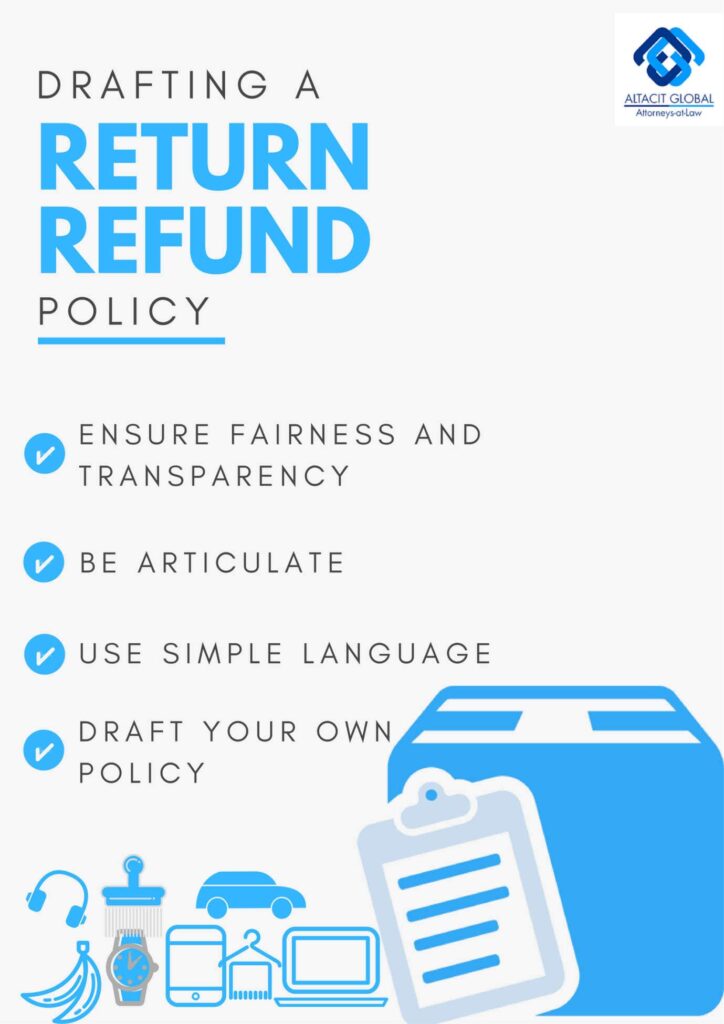
While there is no regulatory policy in India that governs returns and refunds of sold goods online or offline, it is important to have such a policy in place, that not only falls under the legal purview, but also protects the interests of your business, while keeping your customers happy.
In May 2016, one of the largest e-commerce players in India, Amazon, stole headlines with a policy that could potentially carve its name in the bad books of a consumer; it announced the recall of its refund policy on electronic items such as desktops, laptops, cameras and more. The policy page stated this;
Please Note: All tablets, laptops, desktops, monitors, cameras and camera lenses that are fulfilled by Amazon and purchased on or after 11th May 2016 are eligible for a replacement only policy and will no longer be eligible for refunds. In case you have received a defective or a damaged product, you will be eligible for a free replacement.
This caused an uproar among online shoppers, some of whom earlier had the option of claiming a refund in case they found the said purchase at a cheaper price on the same website or elsewhere. This also threw some very valid questions about the key role a return and refund policy plays, in the success of an ecommerce or retail business, especially in a country which does not have a regulatory policy on this subject in place.
Is a return and refund policy necessary by law? If so, what purpose does it serve? How should a company design its own return and refund policy?
The need for a policy
To understand this better, let’s reel back two more years, to August 2014, when the Maharashtra State Consumer Disputes Redressal Commission passed a judgement that sold goods can always be returned. It was arrived at, when a consumer purchased clothing at a discounted price in a retail store and asked for a return and refund since he was unhappy with the quality of the product. Since the store refused a refund, claiming that the bill clearly stated that ‘goods once sold will not be taken back’, the consumer filed a petition with the consumer redressal forum, which, after examining the fairness of the case, passed such a ruling.
Drafting a return and refund policy
Today, we work with a string of startups in designing a return and refund policy, and the first thing we tell them is; the absence of a policy may not stand good in law. Hence, crafting such a policy is a must, in a manner that it protects a company’s interests as well as falls within the purview of consumer rights.Let’s look at how the policy can be designed in a manner that it proves beneficial to the consumer and the company.

Ensure fairness and transparency
When drafting such a policy, been fair and transparent in creating terms for return and refund. For example, clearly state on which goods is refund applicable and on which, return, state the period within which the transaction has to be initiated, state criteria or procedure for packaging and pick up, within how many days the refund will be initiated and more.
Be articulate
While drafting a fair policy is important, on the other hand, also communicate articulately, circumstances under which a return or refund cannot be initiated. For example, some stores may state that the policy cannot be applicable on used goods, goods damaged after delivery, personal care products or more. Or, some stores and sites may have varying policies for return and refund on items purchased through gift cards, replacement guarantee, seller policy and more.
Use simple language
Don’t use jargons or legal terms that may mislead a consumer. Instead, state the terms and conditions as is, in a manner that it doesn’t cause unwanted redressal at a later stage.
Draft your own policy
While it one can easily to find a numerous policy templates online stores or on the web, it is advisable to draft your own policy, for what may be applicable for one stream of business may not be applicable for another.




